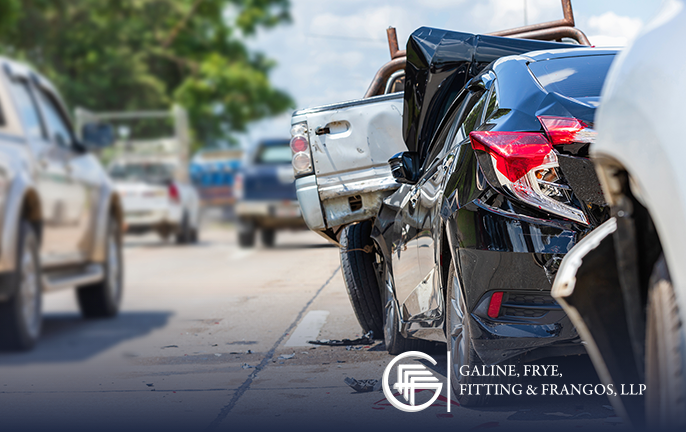When you are injured on the property of someone else, that person or that person’s insurance company may be well-represented by attorneys, who stand ready to make clever arguments that creatively use the law to try to get the defendant out of paying you any compensation. To make sure you are equipped to succeed in your injury case, you need an experienced San Mateo premises liability attorney who knows the law well and knows how to advocate for you and get results.
What do we mean by “creative” uses of the law? Here’s an example. E.H. was a man working as a “site representative” giving tours of a notable architectural residence in Beverly Hills when he was hurt in the fall of 2014. During his fateful tour, the representative fell from a platform that was “suspended over a hillside.” The fall caused E.H. to suffer very serious injuries, including multiple spinal fractures, from which he allegedly suffered more than $2 million in damages.
E.H. sued. When you sue someone in civil court, you will present your evidence showing that the defendant was liable and that you suffered compensable harm. The defense will present its evidence, including bringing up any affirmative defenses, which are things that the defense affirmatively pleads and, if accepted by the jury, make the defendant not liable.
In the representative’s case, the defense affirmatively argued that something called the “firefighter’s rule” made them not liable. The firefighter’s rule is one type of “assumption of the risk” affirmative defense. These defenses say that the plaintiff voluntarily chose to take on a particular type of potential risk of injury, so the plaintiff cannot recover damages when that kind of injury happens. (This “assumption of the risk” defense prevents, for example, veterinarians, vet assistants, and kennel workers from suing as a result of most dog bites.)
In order to prevent you from recovering as a result of the “firefighter’s rule,” the defense has to demonstrate several things. One of those things is that the injured plaintiff was explicitly “hired to manage the hazardous condition that injured him.” In other words, a firefighter generally cannot sue for injuries he suffered as a result of a fire. Confronting fires is the main thrust of the job and a key risk that he voluntarily assumed when he accepted the job.
The property owner, not the employee, was the one best positioned to protect guests
In E.H.’s circumstance, the firefighter’s rule did not apply, according to the appeals court. The defense argued that the representative’s job duties centered upon warning guests about the dangerousness of the guardrail-less platform and making sure no one fell off the edge of the platform.
The court, however, explained that E.H.’s main job tasks were to give tours and to protect the property from damage by guests, rather than to ensure the safety of the guests. The property owner, rather than the representative, was the one in the best position to assess hazards and risks, and to make decisions about the optimal way to ensure guest safety.
The protection of guests was clearly not the main duty of the representative, which meant that the firefighter’s rule couldn’t apply. It simply wasn’t what E.H. signed up to do when he accepted that job.
When you litigate in civil court, you may be forced to confront legal arguments you never remotely expected. That’s one more reason why you need the right attorney. Your experienced counsel may well have anticipated that unique argument, or even if your counsel didn’t, they’ll know how best to respond to defeat it and get you the compensation you deserve. Contact the skilled San Mateo premises liability attorneys at the Law Offices of Galine, Frye, Fitting & Frangos, who have been providing that kind of skillful advocacy for many years. To set up a free consultation with one of our experienced attorneys, contact us at 650-345-8484 or through our website.
Overcoming Affirmative Defenses to Succeed in Your California Injury Lawsuit

